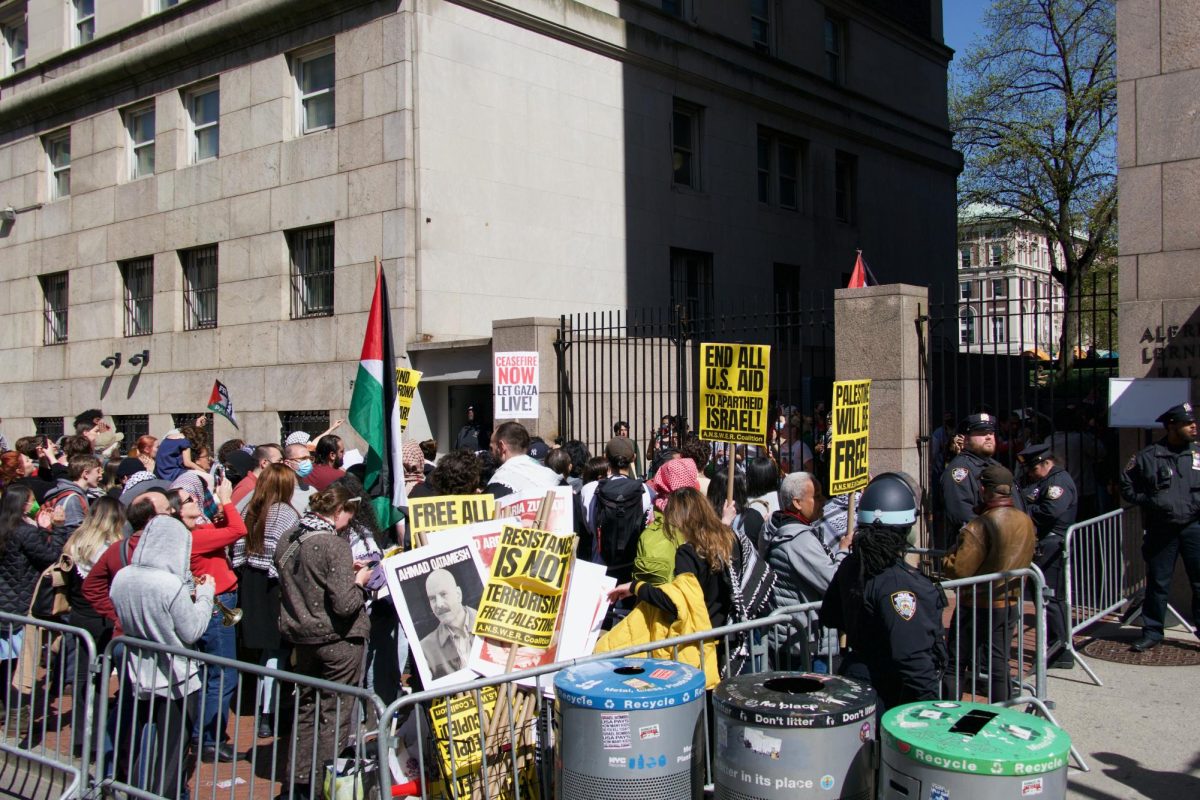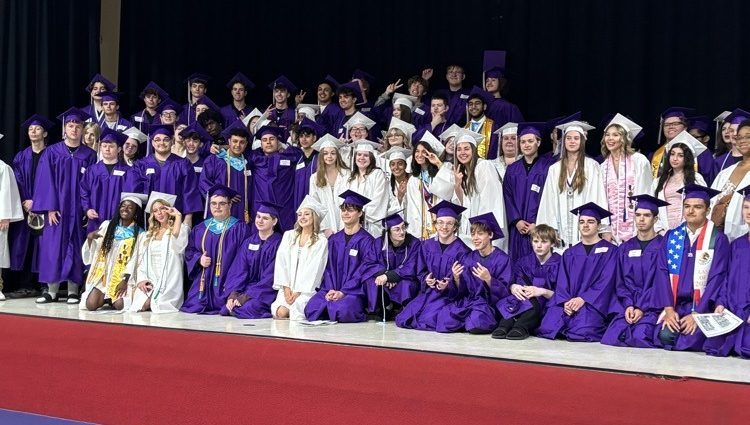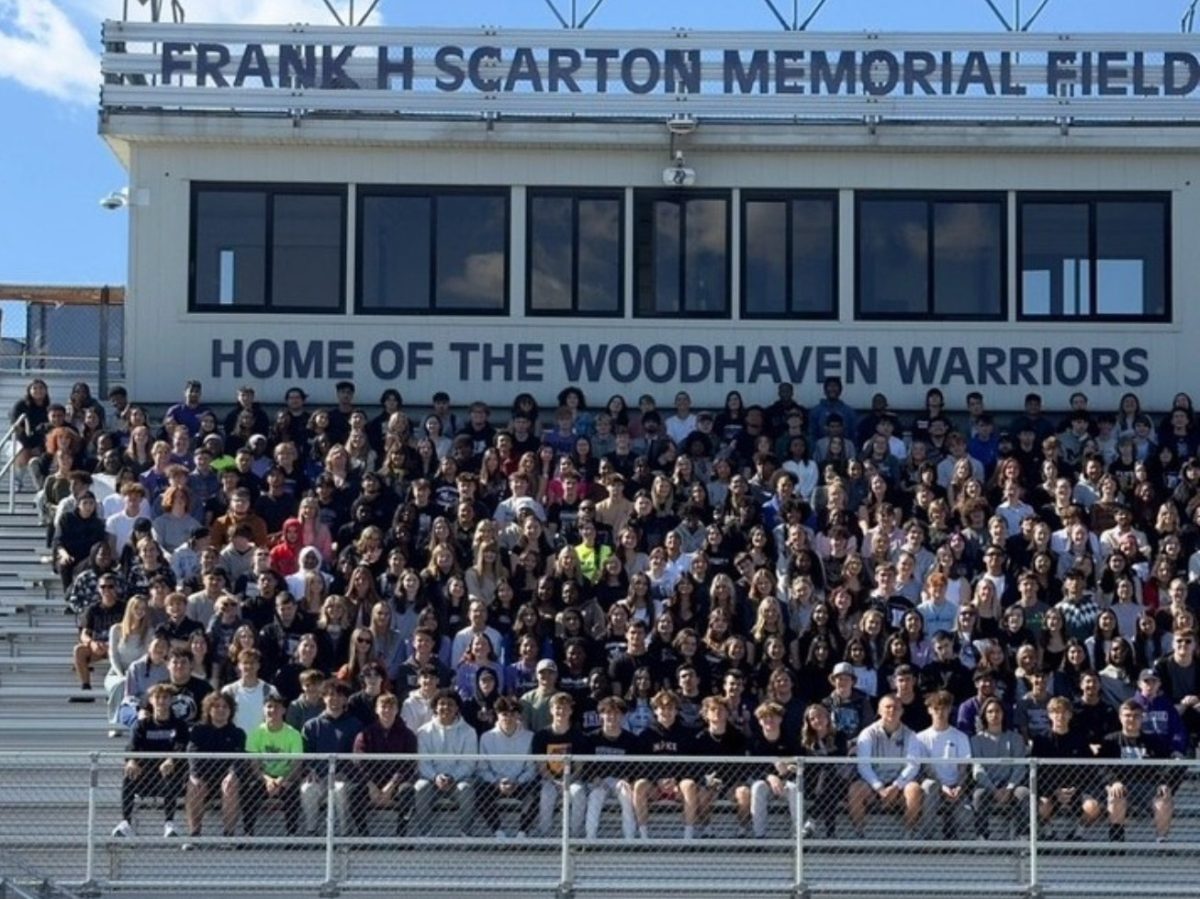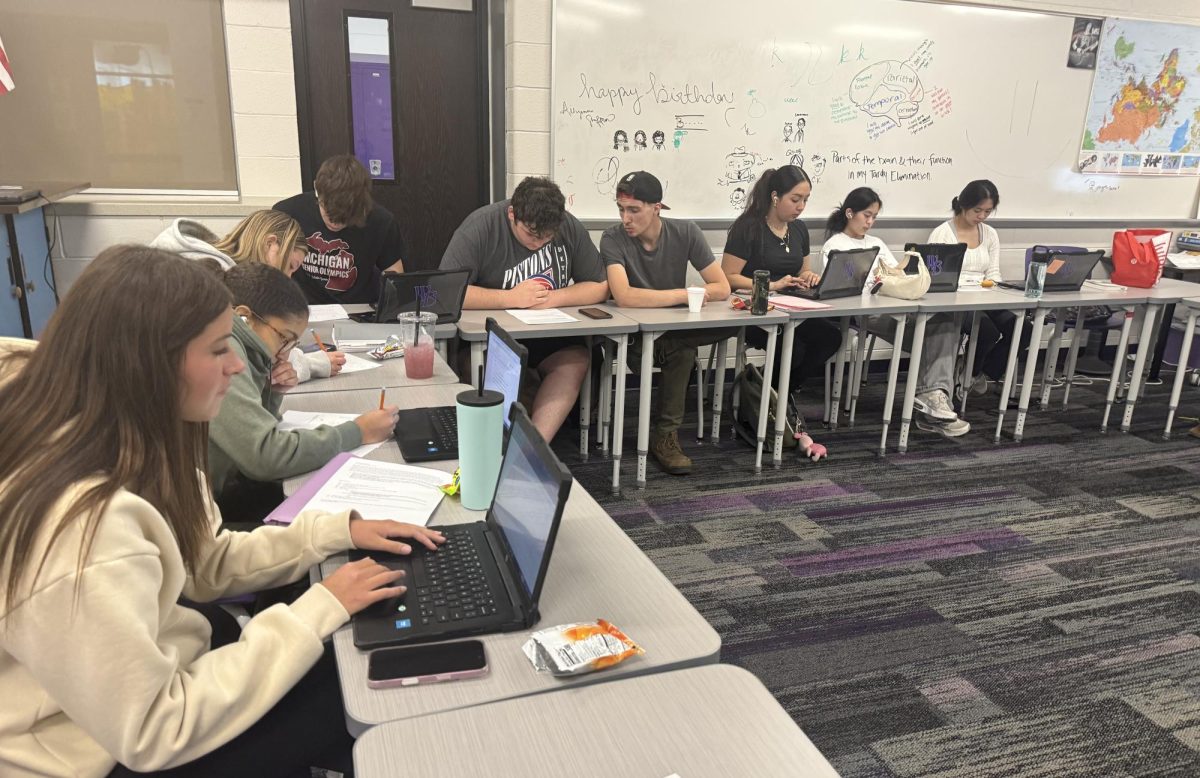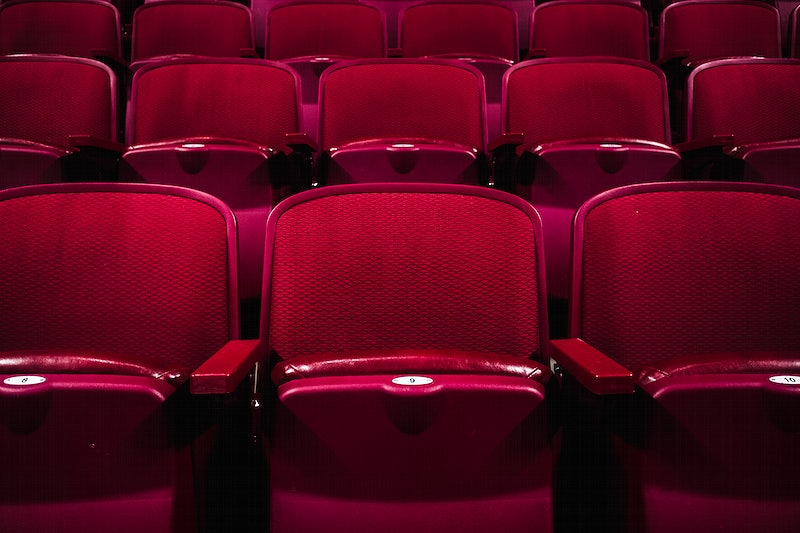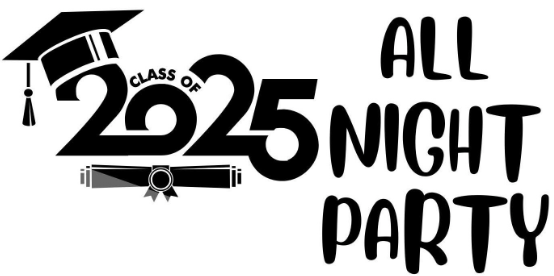Pro-Palestinian protests emerged throughout the nation in recent weeks, showing their support for the Palestinians in Gaza who are under threat from Israeli attacks and left, primarily, without aid.
These gatherings have been found at universities, mainly, alongside other locations. This, though, is no surprise since a large number of revolutionary protests have been held on college campuses throughout history.
Take the Civil Rights Movement, for example, which emerged in the 1950s during a period of cultural development. This movement led a number of protests at American universities in order to push for change and uplift the most intelligent minds of America. Similar trends appeared years later during protests against the Vietnam war, which mainly rooted from young adults who were drafted for a conflict that much of the public did not support. This meant that colleges were flooded with students opposing the draft– many of which attended the very college they were protesting at.
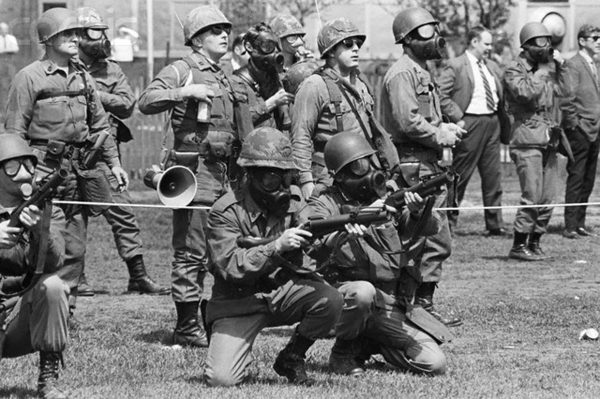
Kent State University is one of the most historically significant examples of this trend. More than 3,000 activists gathered on campus grounds, May 4th, 1970 to show their support for civil rights and the disengagement in Vietnam; however, they were swiftly met by the Ohio National Guard which had occupied the area, nights earlier. This meant that roughly 100 guardsmen were on campus and equipped with lethal M-1 rifles, only increasing tensions between them and the crowd.
At noon on May 4th, the official protest was arranged to take place, despite differing opinions that were expressed by the university’s president, state Governor, and most senior Guard, General Canterbury. That said, tensions were at an all-time high and when protesters disobeyed Canterbury’s order to dismiss, it only got worse. The Guards began moving activists out of the area, but were met with yelling, rock throwing, and violence, to which they launched tear gas into the crowd and loaded their weapons. Eventually, though, the National Guard found themselves in a losing battle. Within 13 seconds, 28 guards shot their weapon and roughly 64 shots were fired into the crowd, killing four students and injuring others.
Anger, confusion, and sadness grew throughout the crowd, but also the surrounding community and movement as a whole. Despite this tragedy, though, activists still continued to advocate across the nation, and if anything, it pushed them to protest with more passion, strength, and honor.
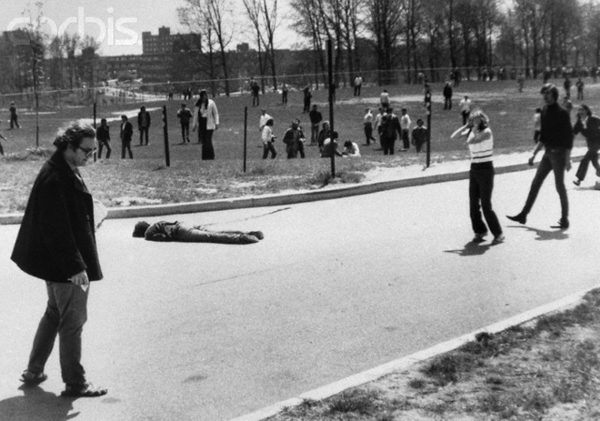
The Kent State University protest is a key example of American Universities acting as a medium for social change, and as mentioned previously, the trend has only grown since then. The information above was verified on Kent State’s official website.
Looking at current events, the war between Israel and Palestine has amplified tensions in the Middle East, and moreover, the impact on those who are involved in the United States.
The most apparent conflict is rooted in disagreements between universities and their students that are calling for financial transparency, divestment from Israel, and a pardon for all protesting students. Their argument is based on the idea that they are paying for the school and its amenities through tuition, so they should have financial transparency and the ability to object to investments in a foreign war that the majority of them do not support.
These protests have spread throughout the country– most notably at prestigious universities– and continue to escalate in size. Columbia University, Yale University, and the University of Michigan have all been central locations for activism; however, other protests have emerged at European universities like Oxford and Cambridge, showing the scale and increasing traction of this movement.
Columbia, specifically, though, has been mainstream in the media due to its increasing size and severity.
Large crowds began to gather on the university’s campus in early March with demands for divestment and transparency– all of which were directed to Columbia’s president, Minouche Shafik. She released press statements throughout the month to subdue any aggression and provide restrictions for those looking to protest.
She warned rule-breaking activists of the following in one of her first press releases on March 18th:
Passionate advocates continued to gather on campus, despite her warnings, though. Eventually, large encampments were set up in protest of her denial to meet student demands.
At this point, the campus was rampant with media companies who were documenting history while it occurred; this, though, only gave more light to the movement, which sparked an increase in rallies at other campuses across the nation and overseas.
President Shafik and other representatives from Columbia met with the Committee on Education and Workforce at the House of Representatives in Congress to discuss the issue, according to an official statement made on April 17th.
Little progress was made in despite of the congressional hearing, which led to another press release from President Shafik: “To deescalate the rancor and give us all a chance to consider next steps, I am announcing that all classes will be held virtually on Monday. Faculty and staff who can work remotely should do so.”
This, unfortunately, did not decrease campus tensions, which led to Shafik requesting assistance from the NYPD. They swiftly dismantled encampments; however, resistance showed itself when protesters breached Hamilton Hall– named after Alexander Hamilton who attended the university– and barricaded themselves inside the building.
Social media showcased the event while it occurred through popular apps like TikTok and Instagram. It demonstrated the break-in and hundreds of protesters which appeared united with flags, rallies, and singing. They also hung a new flag on a banister overlooking the area, reading Hinds Hall– an honor to Hind Rajab, a six-year-old girl killed by Israeli forces in Gaza.
That said, NYPD forces were quick to move in and distinguish the protesters who, at this point, had gone against several of Columbia’s policies. President Shafik was quick to comment the next day: “But students and outside activists breaking Hamilton Hall doors, mistreating our Public Safety officers and maintenance staff, and damaging property are acts of destruction, not political speech. Many students have also felt uncomfortable and unwelcome because of the disruption and antisemitic comments made by some individuals, especially in the protests that have persistently mobilized outside our gates.”
It is safe to say that this protest is not extinguished at Columbia, nor other universities, but is certainly showing to be serious, both in its impact and in the history books. With the recent cancellation of Columbia’s graduation ceremony, as well, tensions are sure to rise. In fact, many media outlets have reported students marching to Shafik’s personal home, but she is yet to report on that issue.
All said, it is crucial to recognize the impact of Columbia’s Pro-Palestine movement and its outreach to other universities across the nation. This, just like the Kent State University protest, is a prime example of how universities have acted as a medium for social development throughout history, and trends show that similar events are more likely to occur in the future than not.
